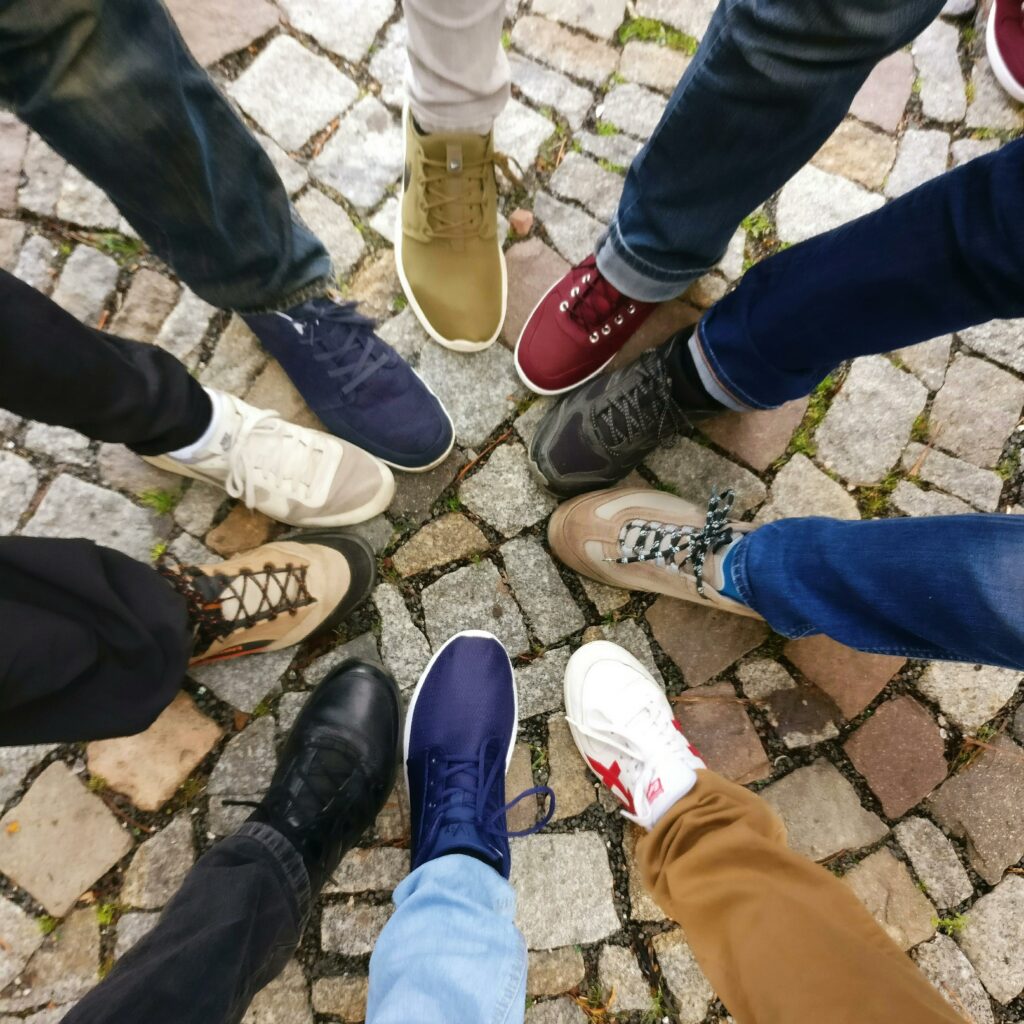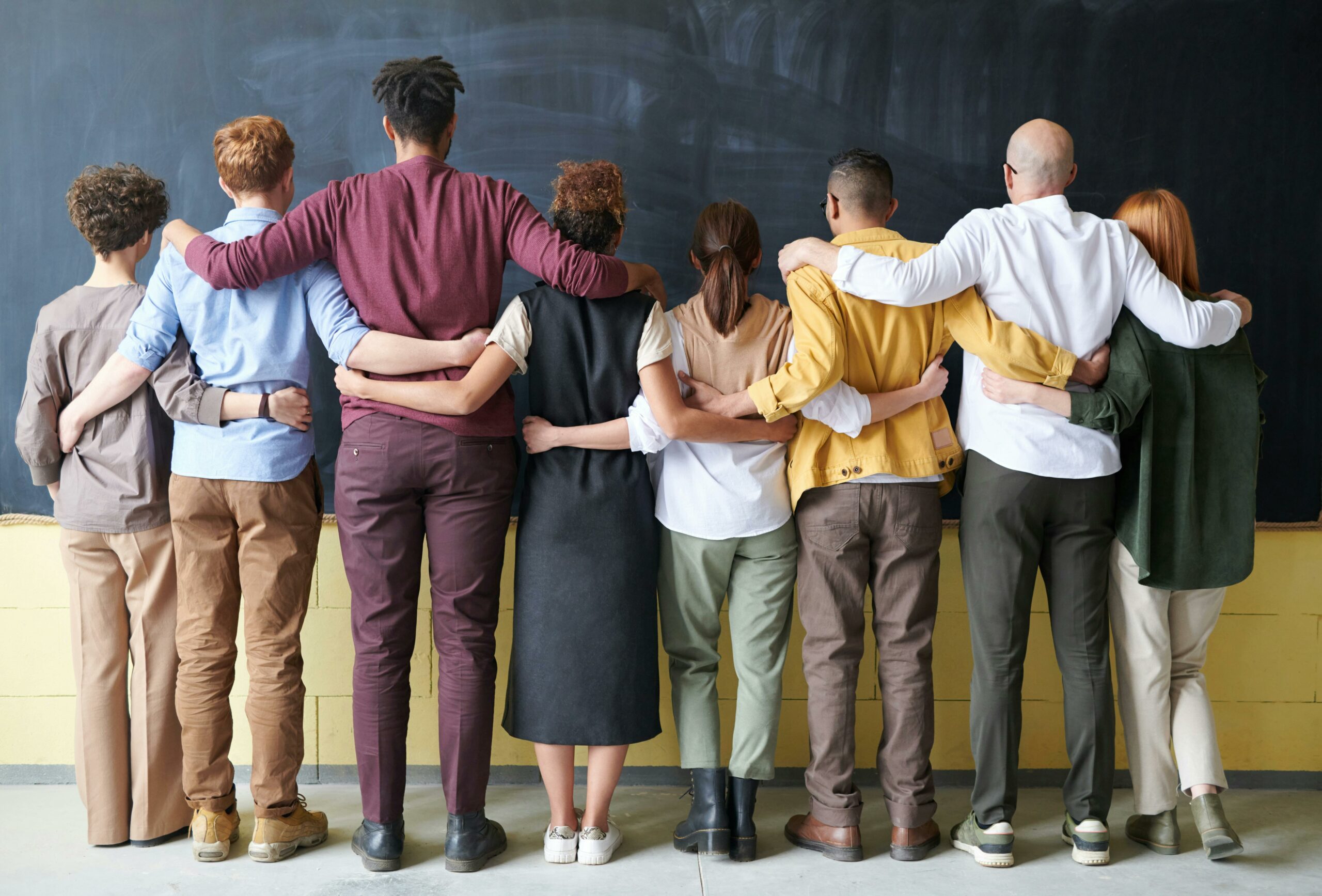In a world marked by rapid change, complex global crises, and growing interdependence, one thing is clear: solutions can no longer come from a single perspective. The challenges we face—climate change, inequality, economic instability, public health threats—are interconnected and deeply human. And the only way to solve human problems is by embracing human diversity.
Don’t think of diversity as simply a ‘trending’ concept when it can be used as a powerful driver of creativity, innovation, and resilience. Diversity means recognising and valuing the unique experiences, backgrounds, and ways of thinking that people bring to the table, across gender, race, culture, ability, age, and more.
But what does this actually look like in practice? How can diversity help address some of today’s most pressing challenges?

- Better Solutions Through Different Perspectives
When people with different lived experiences work together, they see things others might miss. In policymaking, this can help avoid blind spots and address the needs of communities that are often overlooked. In business and tech, diverse teams are more likely to challenge assumptions and come up with fresh ideas.
Take climate change, for instance. Its impact isn’t the same for everyone. Rather, it varies depending on geography, income, and gender. Solutions that include a wide range of voices tend to be more balanced, more just, and more effective.
- Building Trust and Social Cohesion
When people feel seen and included, trust grows. This sense of belonging strengthens communities and institutions alike. On the other hand, exclusion can lead to division, resentment, and social unrest.
In schools, workplaces, and public spaces, inclusive approaches can help reduce prejudice and build empathy. Encouraging dialogue and understanding across different groups makes societies more stable and cooperative – not by erasing differences, but by respecting them.
- Boosting Innovation and Economic Growth
Inclusive societies are often more dynamic and productive. When everyone has the chance to contribute, we tap into a wider range of skills and perspectives.
Businesses with diverse teams are often better at solving problems, understanding customer needs, and adapting to change. And in a global economy, the ability to work across cultures is essential.
- Challenging Inequality
Diversity also plays a key role in pushing back against structural inequality. This means more than just representation and also includes necessary shifts in how systems work.
In essence, this involves recognising bias, changing hiring practices, diversifying leadership, and ensuring that decision-making reflects a broad range of voices. When we do this, we move toward fairer systems where access to opportunity isn’t based on privilege.
- Preparing the Next Generation
Ultimately, education is one of the most powerful places to start. Projects like My Diversity Our Strength (MDOS), supported by Erasmus+, are working to change how young people see the world and their role in it.
MDOS uses creative methods, like gamified learning and educational escape boxes, to introduce students to the stories of scientists from diverse backgrounds. It’s a way to spark curiosity in STEM while also challenging stereotypes about who belongs in science and technology.
When young people grow up seeing diversity as a strength, they’re more likely to become thoughtful, open-minded adults ready to tackle global problems.
What can you do today to make your classroom, workplace, or community more inclusive?
Bibliography :
- OECD. “The Economic Case for Inclusion.”
- European Institute for Gender Equality (EIGE). https://eige.europa.eu
- Eurostat. https://ec.europa.eu/eurostat
- My Diversity Our Strength Erasmus+ project. https://mydiversity-ourstrength.eu

